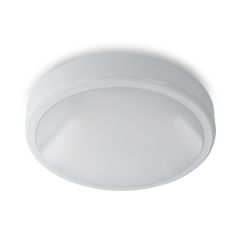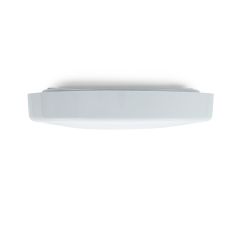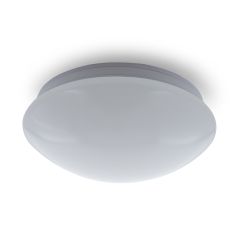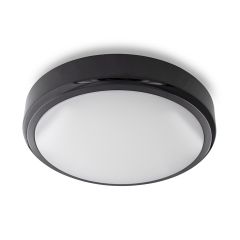Residential & Commercial Lighting
Atom Lighting offers a diverse range of exceptional lighting solutions for both residential and commercial spaces. Their Residential & Commercial Lighting product line is designed to illuminate surroundings with brilliance, functionality, and style.
Atom Downlights: Discover the perfect balance of ambient and task lighting with Atom Lighting's exquisite range of downlights. These sleek and versatile fixtures seamlessly blend into any space, providing a soft and uniform illumination that enhances the atmosphere of homes or workplaces.
Atom Spotlights: Atom Lighting provides sophisticated spotlights that illuminate specific areas or highlight architectural features with precision. These adjustable fixtures are designed to accentuate artwork, create focal points, or enhance visibility, bringing spaces to life.
Atom Wall Lights: Add an elegant touch to walls while creating a warm and inviting ambiance with Atom Lighting's stunning wall lights. Designed to blend seamlessly with any decor style, their wall lights combine functionality and aesthetics, casting a soothing glow that transforms living spaces.
Atom Oyster Lights: Atom Lighting offers sleek oyster lights, perfect for creating a modern and minimalist look. These surface-mounted fixtures are suitable for illuminating both residential and commercial interiors, providing uniform light distribution and a clean, seamless appearance.
Atom Garden Lights: Extend the beauty of outdoor spaces well into the evening with Atom Lighting's enchanting garden lights. Designed to withstand the elements, their garden lights add a touch of magic to pathways, gardens, and landscapes, creating a captivating atmosphere while ensuring safety and security.
Atom Floodlights: Illuminate large outdoor areas with Atom Lighting's powerful and efficient floodlights. Whether for enhanced security lighting or showcasing architectural elements, their floodlights offer superior brightness and durability, bringing vibrant illumination to stadiums, parking lots, and other expansive spaces.
Atom Light Bulbs: Choose from Atom Lighting's wide selection of high-quality light bulbs that provide exceptional performance and energy efficiency. With options for warm, cool, or daylight tones, their light bulbs deliver long-lasting, flicker-free light, ensuring a comfortable and well-lit environment.
With Atom Lighting's Residential & Commercial Lighting product line, customers can expect exceptional craftsmanship, cutting-edge technology, and a commitment to creating lighting solutions that cater to unique needs. Spaces can be illuminated with confidence, knowing that every product has been meticulously designed to offer the perfect blend of functionality, aesthetics, and durability.


















